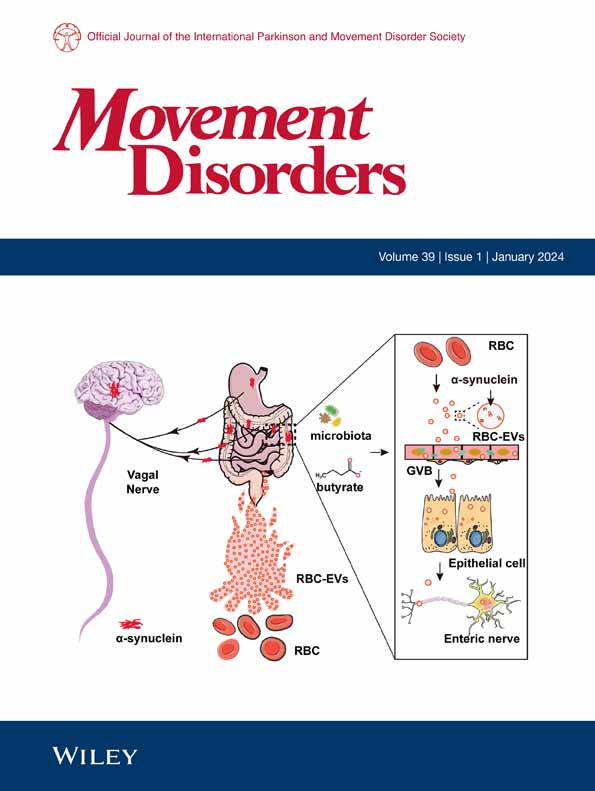Amelioration of Focal Hand Dystonia via Low-Frequency Repetitive Somatosensory Stimulation
Abstract
Background
Dystonia presents a growing concern based on evolving prevalence insights. Previous research found that, in cervical dystonia, high-frequency repetitive somatosensory stimulation (RSS; HF-RSS) applied on digital nerves paradoxically diminishes sensorimotor inhibitory mechanisms, whereas low-frequency RSS (LF-RSS) increases them. However, direct testing on affected body parts was not conducted.
Objective
This study aims to investigate whether RSS applied directly to forearm muscles involved in focal hand dystonia can modulate cortical inhibitory mechanisms and clinical symptoms.
Methods
We applied HF-RSS and LF-RSS, the latter either synchronously or asynchronously, on forearm muscles involved in dystonia. Outcome measures included paired-pulse somatosensory evoked potentials, spatial lateral inhibition measured by double-pulse somatosensory evoked potentials, short intracortical inhibition tested with transcranial magnetic stimulation, electromyographic activity from dystonic muscles, and behavioral measures of hand function.
Results
Both synchronous and asynchronous low-frequency somatosensory stimulation improved cortical inhibitory interactions, indicated by increased short intracortical inhibition and lateral spatial inhibition, as well as decreased amplitude of paired-pulse somatosensory evoked potentials. Opposite effects were observed with high-frequency stimulation. Changes in electrophysiological markers were paralleled by behavioral outcomes: although low-frequency stimulations improved hand function tests and reduced activation of dystonic muscles, high-frequency stimulation operated in an opposite direction.
Conclusions
Our findings confirm the presence of abnormal homeostatic plasticity in response to RSS in the sensorimotor system of patients with dystonia, specifically in inhibitory circuits. Importantly, this aberrant response can be harnessed for therapeutic purposes through the application of low-frequency electrical stimulation directly over dystonic muscles. © 2024 The Author(s). Movement Disorders published by Wiley Periodicals LLC on behalf of International Parkinson and Movement Disorder Society.


 求助内容:
求助内容: 应助结果提醒方式:
应助结果提醒方式:


